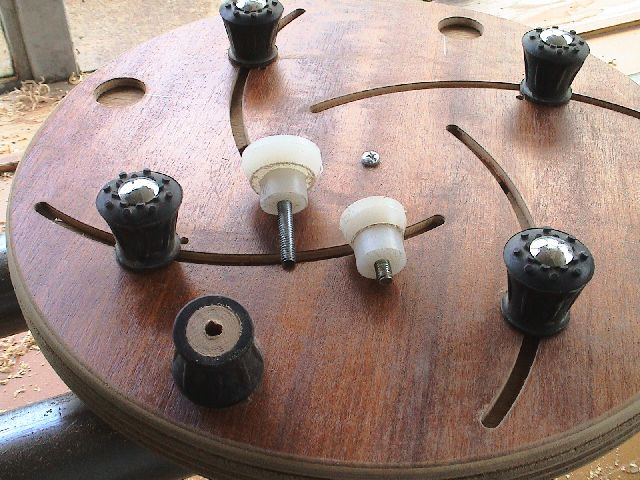bobham
Established Member
Looks like you have done a good job. I am a little curious about why you put the metal reinforcement strips on the back of the jaws rather than the front, though. I can't see where they will do any good back there. If they were on the front under the screw heads they would spread the load of the screw heads over a wider area. On the back they will just act as spacers between the plywood and the chuck slides,
Oversize jaws, even the metal ones designed for the purpose, are intended only for light cuts and sanding at low speeds. Please use them with caution, because I know of one turner who sustained a life threatening injury when his home made jaws failed.
Take care
Bob
Oversize jaws, even the metal ones designed for the purpose, are intended only for light cuts and sanding at low speeds. Please use them with caution, because I know of one turner who sustained a life threatening injury when his home made jaws failed.
Take care
Bob







































